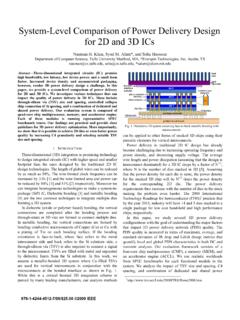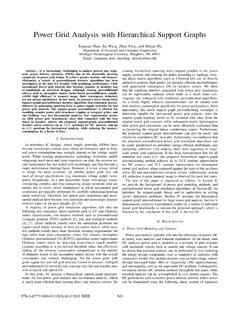Transcription of Wireless Power Transmission: From Far-Field to Near-Field
1 Wireless Power Transmission: From Far-Field to Near-Field Prof. Jenshan Lin University of Florida Gainesville, Florida USA 5th largest in IEEE Financially healthy Volunteer-based society board (AdCom) and conference committees Technical Coordinating Committee (TCC) under AdCom 27 Technical Committees under TCC MTT-24 RFID MTT-25 RF Nanotechnology MTT-26 Wireless Energy Transfer and Conversion MTT-27 Microwave Technologies in Automobile Applications IEEE MTT Society 2 Nicola Tesla proposed it in 19th Century to transmit electric Power without using wires. Hot topic in 1960 s-70 s NASA/DOE s interest to collect solar energy in space and beam it to earth. Several potential applications: Remote transmission of energy for space applications Remote powering of unmanned aircrafts, vehicles, robots An extension of existing Power grid system Controlling the destructive storms, the path of hurricane Remote powering of Wireless sensors, especially for sensors located in hard-to-reach environment Remote charging of bio-implanted devices 3 Far-Field Wireless Power Transmission WPT History - more than one century 4 1899 Tesla s first experiment to transmit Power without wires.
2 150 kHz. WWII high Power microwave tubes developed. 1958 1st period of modern WPT development began. Raytheon, Air Force, NASA. 1963 Brown in Raytheon demonstrated the first microwave WPT system. 1975 54% DC-to-DC efficiency was achieved, receiving 496 W @ 170 cm. 1975 30 kW DC received @ 1 mile 1977 2nd period of modern WPT development. NASA/DOE sponsorship. More companies involved. Solar Power Satellite (SPS) 1995 NASA Space Solar Power (SSP) Program 1975 demonstration 30 kW DC output @ 1 mi First microwave WPT 100 W DC output, 13% DC-to-DC efficiency * W. C. Brown, The History of Power Transmission by Radio Waves, IEEE Trans. Microwave Theory and Techniques, vol. 32, no. 9, pp. 1230-1242, Sept. 1984. Remote Powering of Helicopter 5 Microwave-powered helicopter flying 60ft above transmitting antenna.
3 10 hr sustained flight was achieved in 1964. First rectenna rectifying antenna integrating solid-state diodes, 1963. (replacing vacuum tube diodes) Actual rectenna used on the helicopter Long Distance Wireless Power Grid Microwave travels through earth atmosphere twice overall path ~ 200km If using high voltage Power line, the path would be several thousands km more environmental effect =5000km @ 60Hz Power line becomes good antenna at long distance. 100 km * A. P. Smakhtin, V. V. Rybakov, Comparative analysis of Wireless systems as alternative to high-voltage Power lines for global terrestrial Power transmission, Proceedings of the 31st Intersociety Energy Conversion Engineering Conference (IECEC 96), vol. 1, pp. 485-488, 11-16 August 1996. 6 Attenuation Through Atmosphere h= Source: NASA One-way attenuation < for f < 16 GHz One-way attenuation h ~ 16 GHz 7 Manipulating tropical storms E.
4 Yu. Krasilnikov, Prevention of destructive tropical and extratropical storms, hurricanes, tornadoes, dangerous thunderstorms, and catastrophic floods, Nonlinear Processes in Geophysics (2002) 9: 51 59 8 RF Energy Harvesting From ambient RF emissions (broadband) or from a remote RF source (narrow band) Suitable for low Power applications, , sensor network * J. A. Hagerty, F. B. Helmbrecht, W. H. McCalpin, R. Zane, and Z. B. Popovic , Recycling Ambient Microwave Energy With Broad-Band Rectenna Arrays, IEEE Trans. Microwave Theory and Tech., vol. 52, no. 3, pp. 1014-1024, March 2004. * C. Walsh, S. Rondineau, M. Jankovic, G. Zhao, Z. Popovic, A Conformal 10 GHz Rectenna for Wireless Powering of Piezoelectric Sensor Electronics, IEEE MTT-S International Microwave Symp., pp. 143-146, June 2005. 9 WPT System DC or AC Power is first converted to RF Power .
5 RF Power is transmitted by TX antenna to the receiver. RF Power is received by the RX antenna and rectified to DC Power which can further be converted to AC Power . Total system efficiency = ( T)x ( C)x ( R) T C R Efficiency 10 Challenges of WPT Technical Issues Beam-forming antennas for directed microwave beam High efficiency microwave Power source (transmitter) High efficiency microwave rectifier (receiver) All have to be lightweight to reduce deployment cost Environmental Issues Safety concern Ecological effect Economic Issues Cost of the system Cost of the development Cost of the deployment 11 Transmission Efficiency as a function of for optimum Power density distribution across the TX antenna aperture as shown on the right. Beam-Forming Antennas Need large antenna aperture or higher frequency to achieve high efficiency.
6 12 * W. C. Brown, E. E. Eves, Beamed Microwave Power Transmission and its Application to Space, IEEE Trans. Microwave Theory and Techniques, vol. 40, no. 6, pp. 1239-1250, June 1992, quoting G. Goubau and F. Schwering, On the guided propagation of electromagnetic wave beams, IRE Trans. Antennas Propagat., vol. 9, pp. 248-256, May 1961. Relative cross-sectional Power density distribution across the TX and RX apertures for various values of High Efficiency Microwave Power Source Find devices to generate high Power RF. High efficiency Low cost Lightweight Cost of microwave Power amplifier goes up with Power level. If efficiency is not high, need heatsink. Where do you find the most affordable high Power source at GHz that can generate 100W-1kW? 13 High Efficiency High Power Microwave Source 14 Microwave tubes have been used to achieve high efficiency and very high output Power magnetron, klystron, traveling wave tube (TWT), etc.
7 Magnetron has the highest efficiency and been used in microwave oven. (>80% at several kW demonstrated). Low cost too. However, they are bulky and heavy. For very high Power , cooling is still an issue. Toshiba Klystron , 50MW, 47%, duty cycle Magnetron inside microwave oven , ~1kW, ~65% efficiency Microwave Power Source * V. L. GRANATSTEIN, R. K. PARKER, C. M. ARMSTRONG, Vacuum Electronics at the Dawn of the Twenty-First Century, Proceedings of the IEEE, vol. 87, no. 5, pp. 702-716, May 1999. Solid-state devices still have not displaced microwave tubes yet. GaN 15 Solid-State Microwave Power Source 16 343 W @ GHz (C-Band) 101 W @ GHz (X-Band) GaN technology is the best candidate at high frequency. Spatial Power combining of GaN Power sources might be a solution. Shigematsu, H.; Inoue, Y.
8 ; Akasegawa, A.; Yamada, M.; Masuda, S.; Kamada, Y.; Yamada, A.; Kanamura, M.; Ohki, T.; Makiyama, K.; Okamoto, N.; Imanishi, K.; Kikkawa, T.; Joshin, K.; Hara, N.; , "C-band 340-W and X-band 100-W GaN Power amplifiers with over 50-% PAE," Microwave Symposium Digest, 2009. MTT '09. IEEE MTT-S International , vol., no., , 7-12 June 2009 10 s pulse width and 10% duty cycle. RF Safety 1999 Transmitted Power density is limited by safety standard. Magnetic field at low frequency has higher equivalent plane wave Power density 17 IEEE Std 1999 IEEE Standard for Safety Levels with Respect to Human Exposure to Radio Frequency Electromagnetic Fields, 3 kHz to 300 GHz 163 A/m 614 V/m 2120EW 2120WH 100 W/m2 RF Safety 2005, Controlled 18 3x higher than 1999 Standard MPE: Maximum Permissible Exposure RF Safety 2005, General Public 19 10x more stringent than 1999 Standard Need 10 m2 to collect 100 W MPE.
9 Maximum Permissible Exposure Far-Field WPT has limitations but has applications Very low Power devices or sensor network , where efficiency and safety would not be concerns High Power space, military, or industrial applications not sensitive to cost However, when it comes to consumer applications such as charging cellular phones, laptops, and other portable electronic devices, or even electric cars, Far-Field WPT is not suitable because of efficiency and safety limit. Near-Field WPT is a better choice. Low-frequency magnetic field can be used to allow higher equivalent plane wave Power density. 20 From Far-Field WPT to Near-Field WPT We have many Power chargers for many electronic devices. Too many chargers and cables! A traveler knows the pain of carrying all these chargers. Standardized USB charging connector is a solution but there are still proprietary connectors/chargers.
10 Wireless Power is the ultimate solution cut the last cable. Problem with Portable Consumer Electronic Devices 21 Near-Field Wireless Power Charger Magnetic coupling Higher efficiency than Far-Field Low frequency electronics high efficiency Less safety concern 22 WiPower Witricity Qualcomm WiPowerTM PowerMat Types of Near-Field Wireless Power 23 Magnetic resonance Magnetic field Four coils Science Express 2007 by MIT team Murata 10 W module for charging iPad Capacitive coupling Electric field Inductive coupling, or magnetic induction Magnetic field Strong coupling or weak coupling Many technologies and many companies The following examples focus on inductive coupling. Inductive Coupling Inductive coupling to transfer Power has been around for quite many years. Rechargeable electric toothbrush is an example.
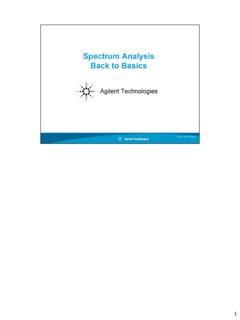
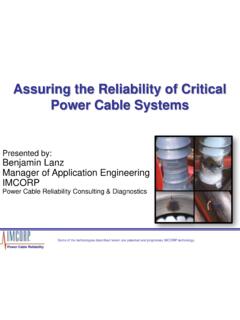
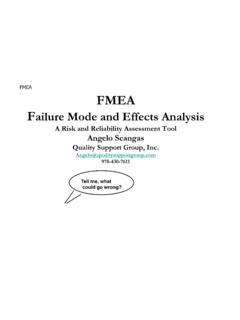
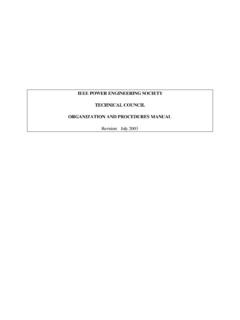
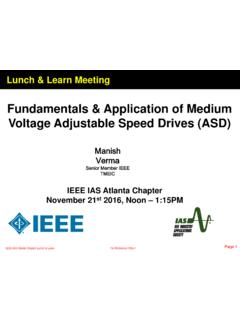



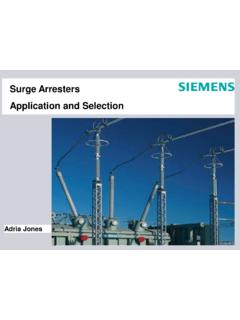
![Wind Farm Electrical Systems.pptx [Read-Only] - IEEE](/cache/preview/8/3/4/a/7/7/3/b/thumb-834a773be91d444a92c541b6bc1b2269.jpg)


